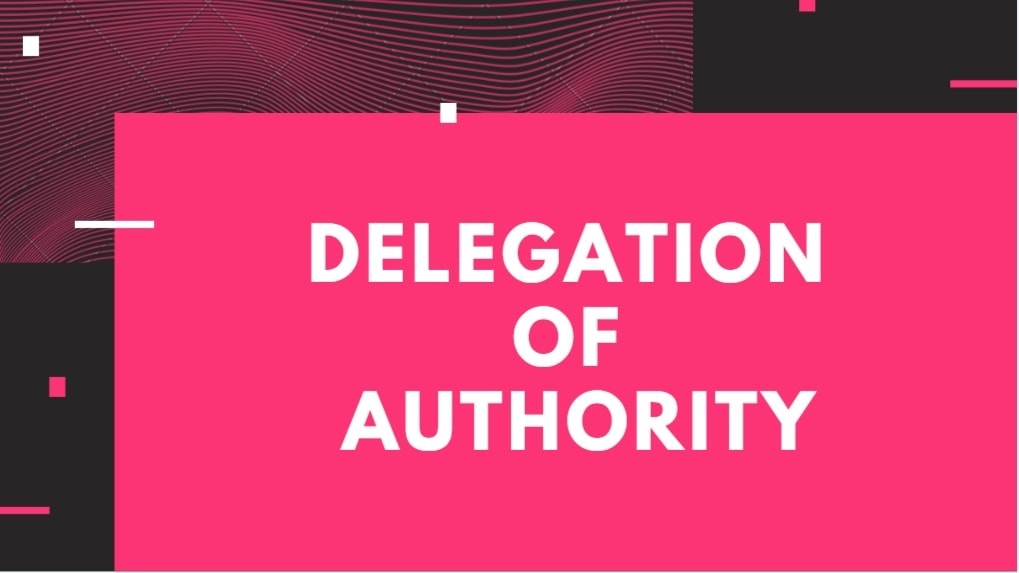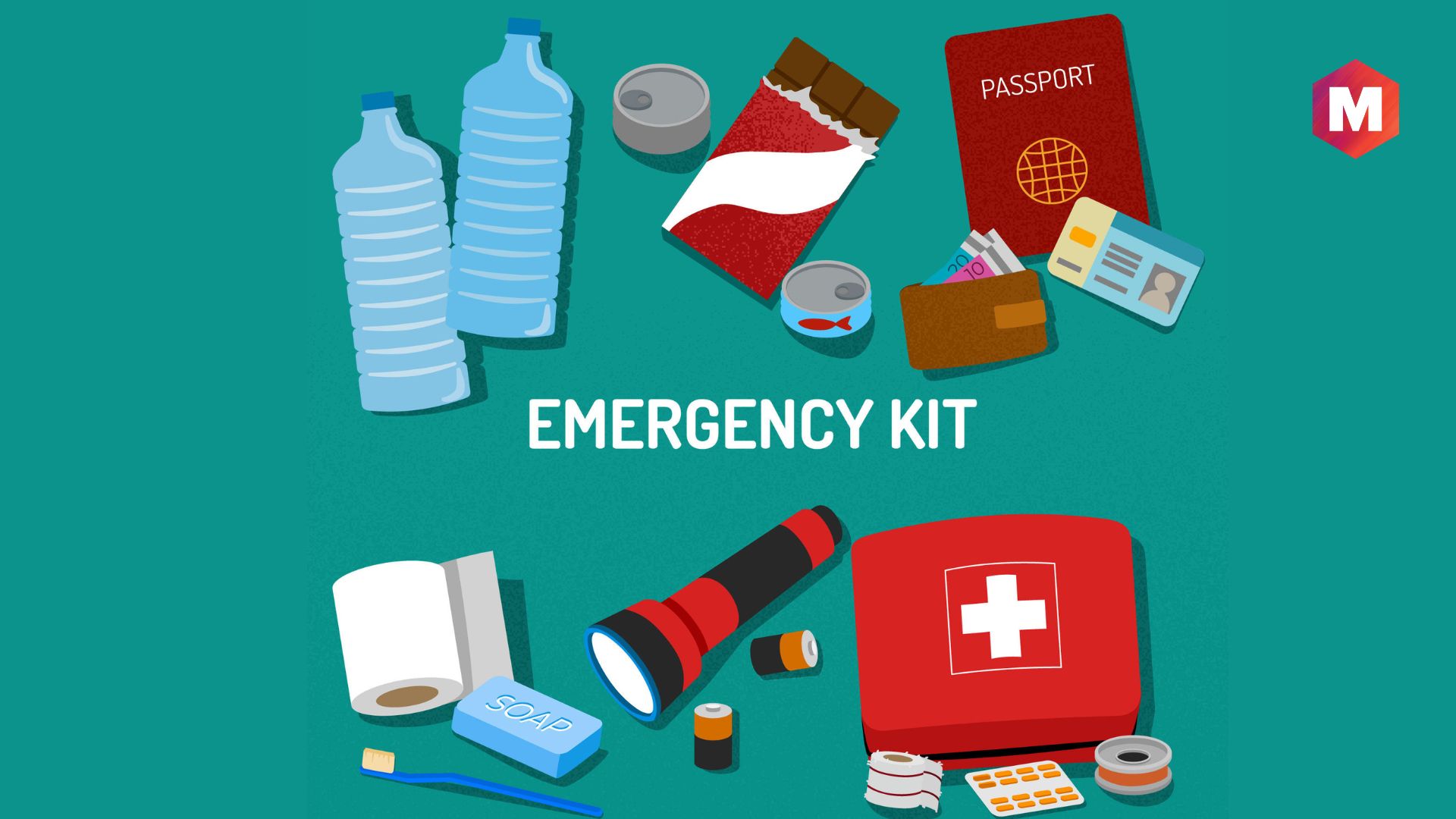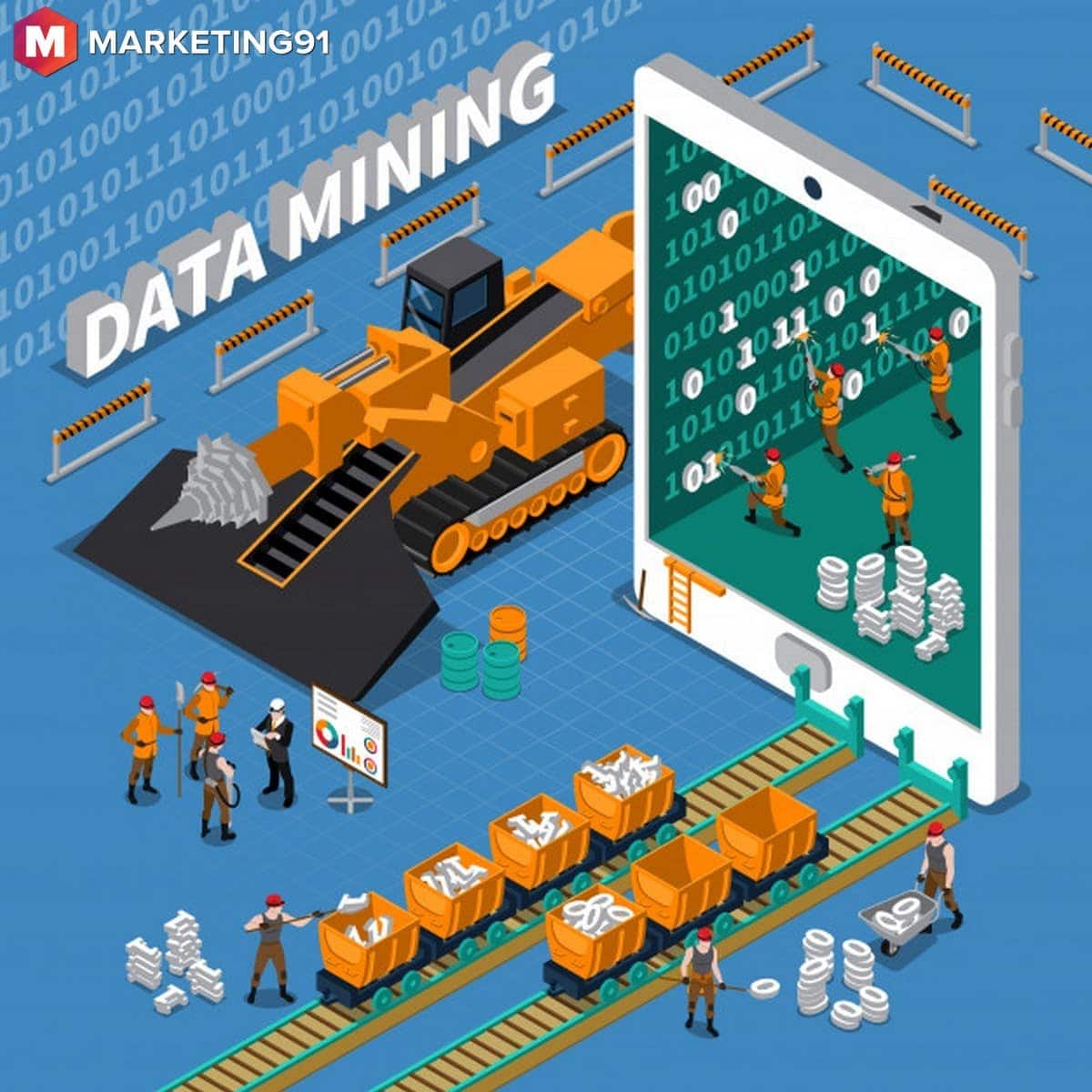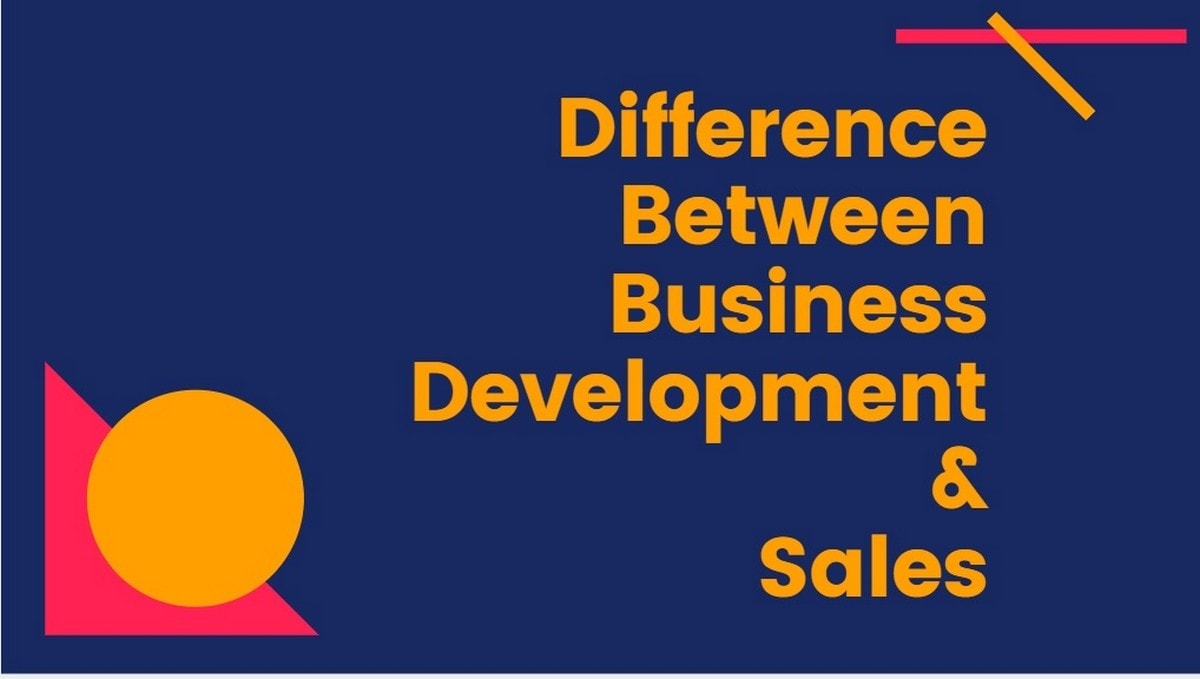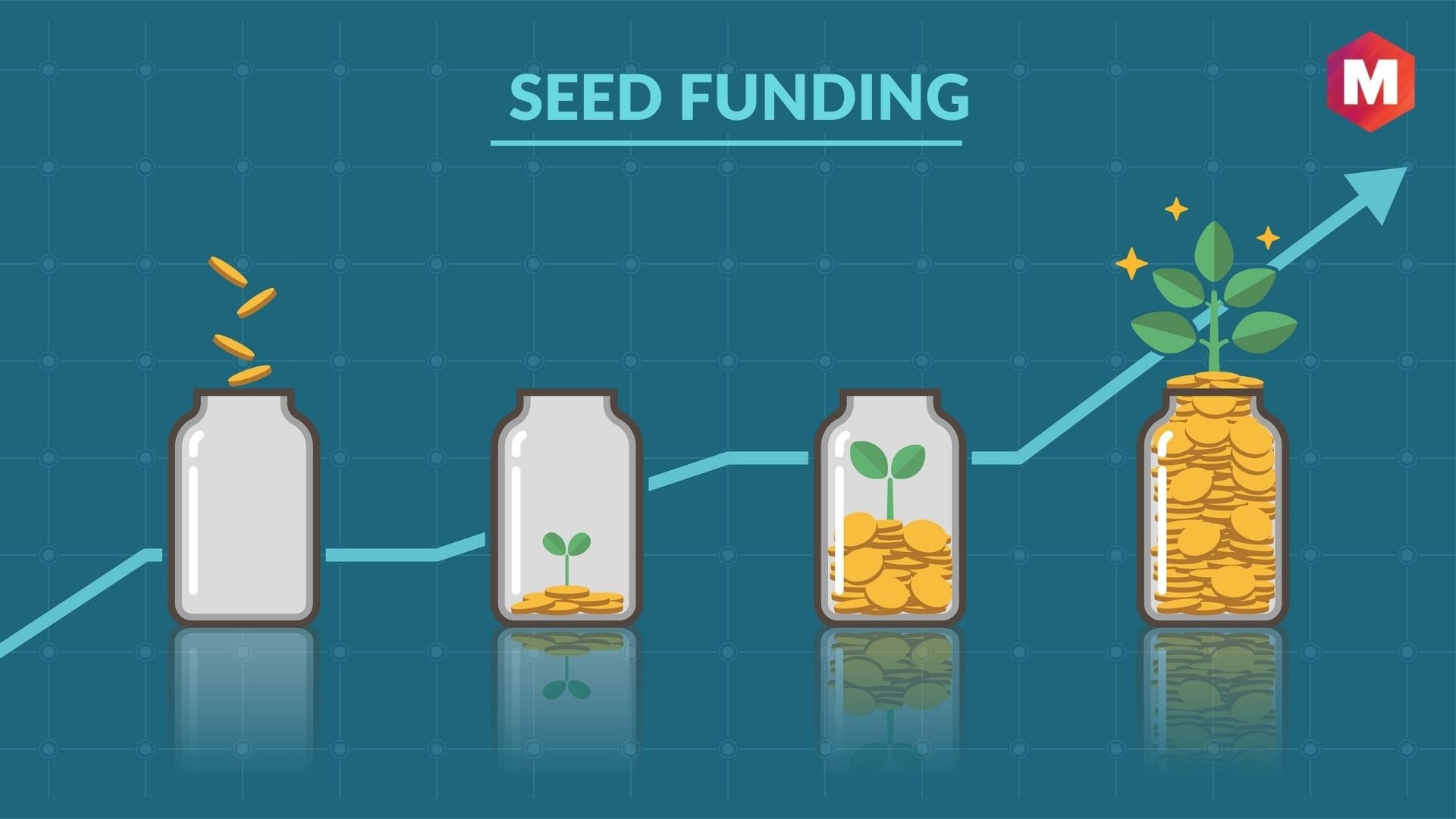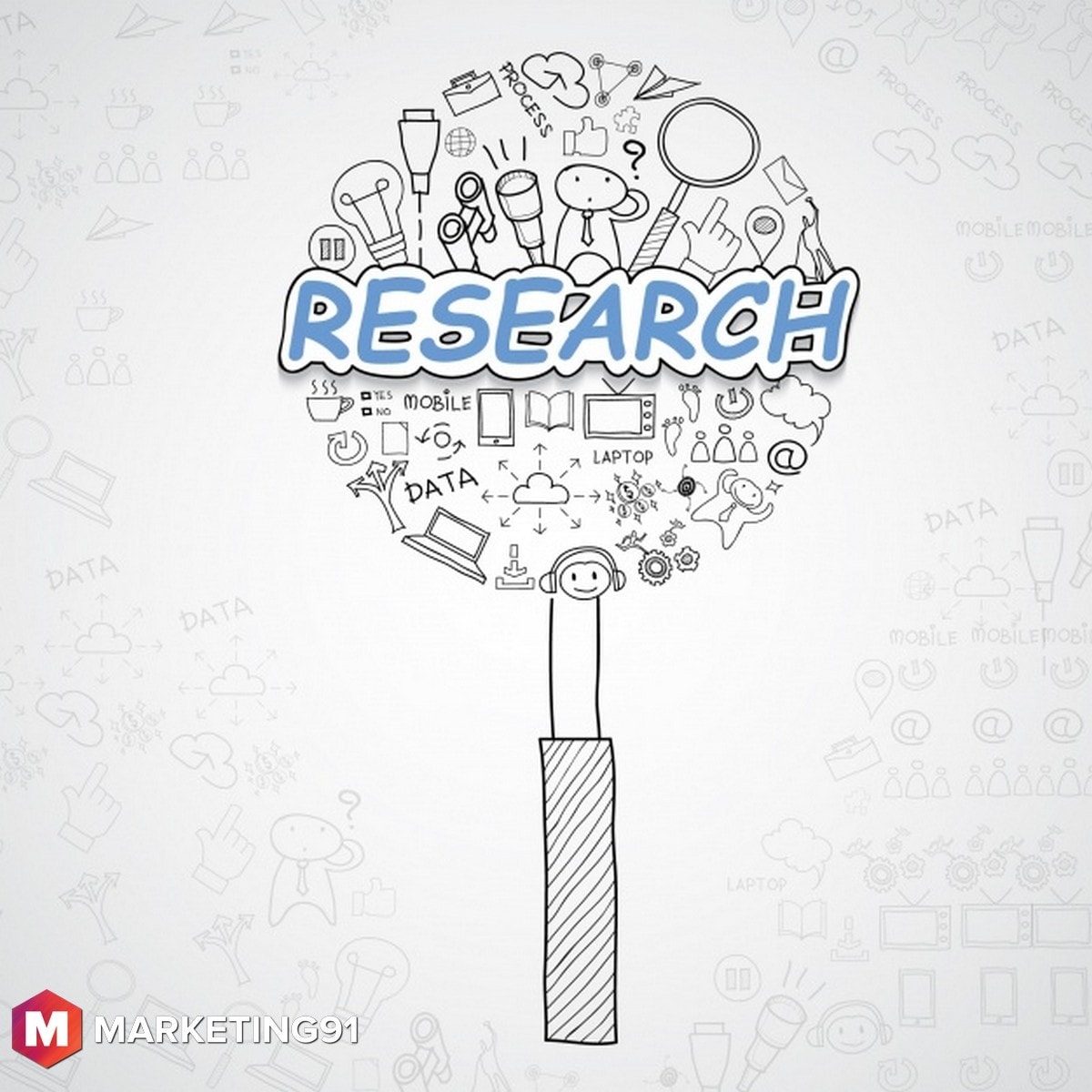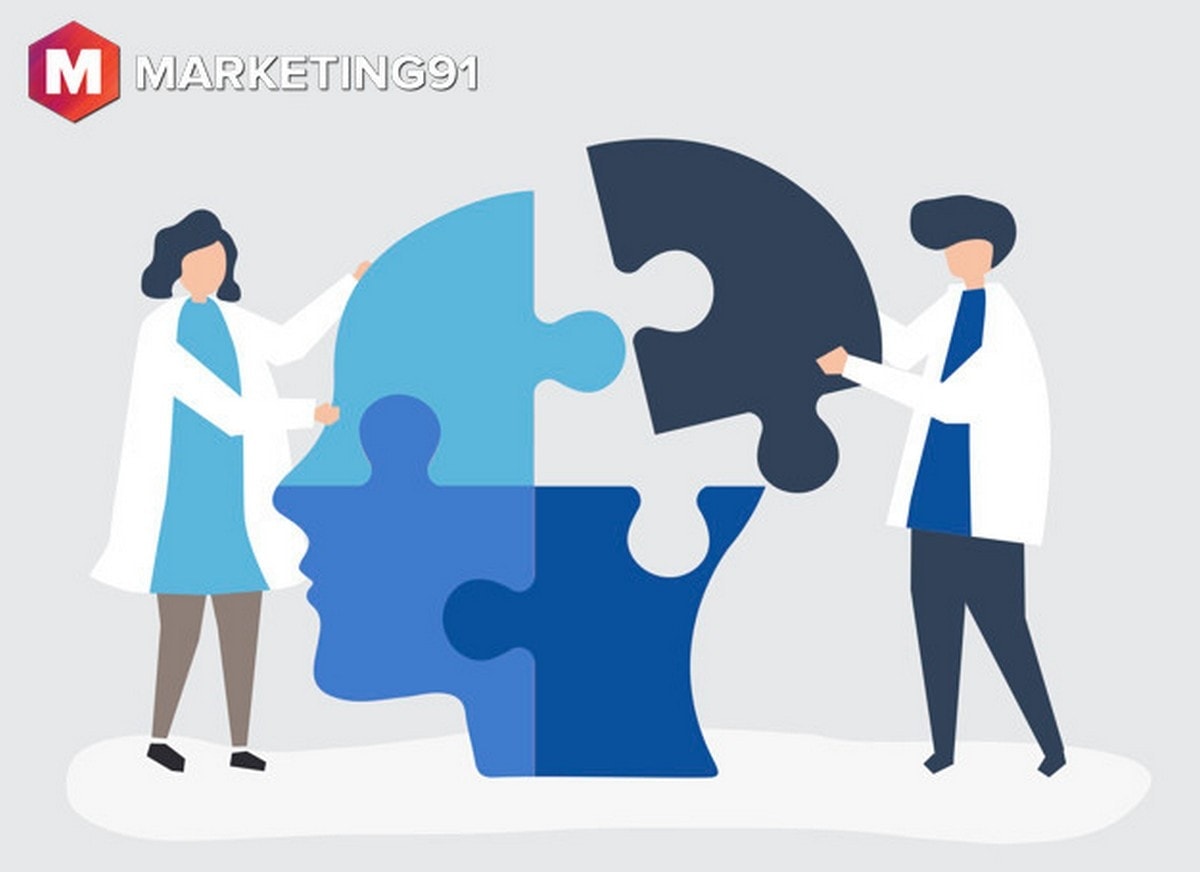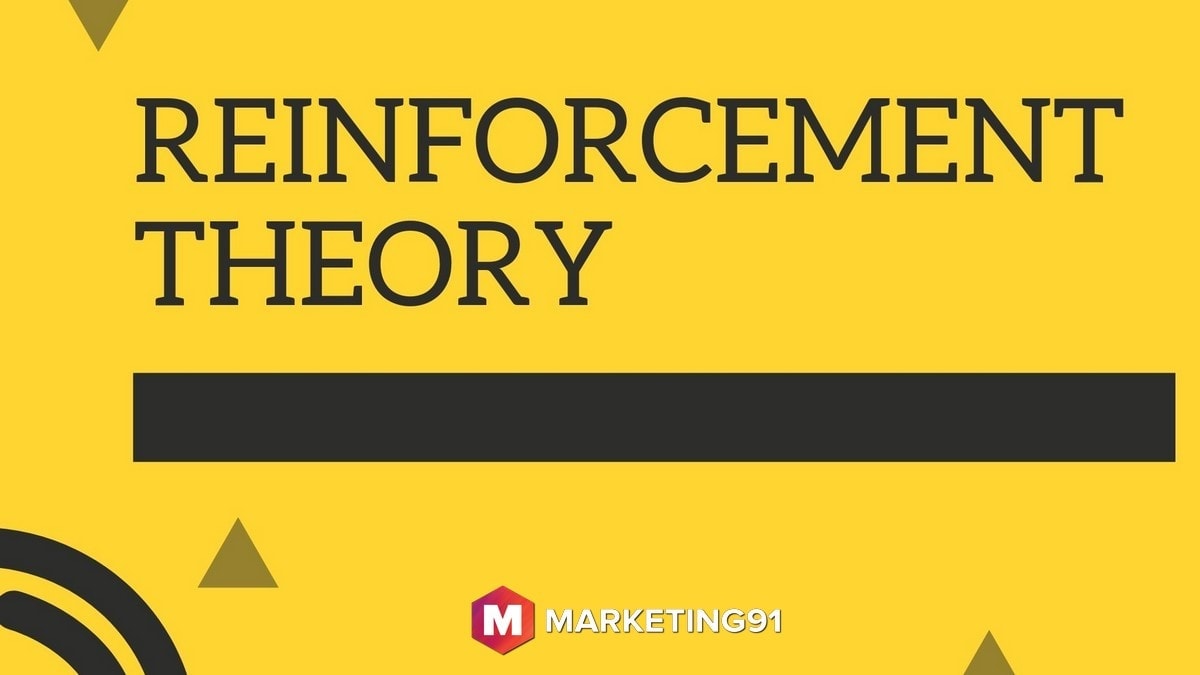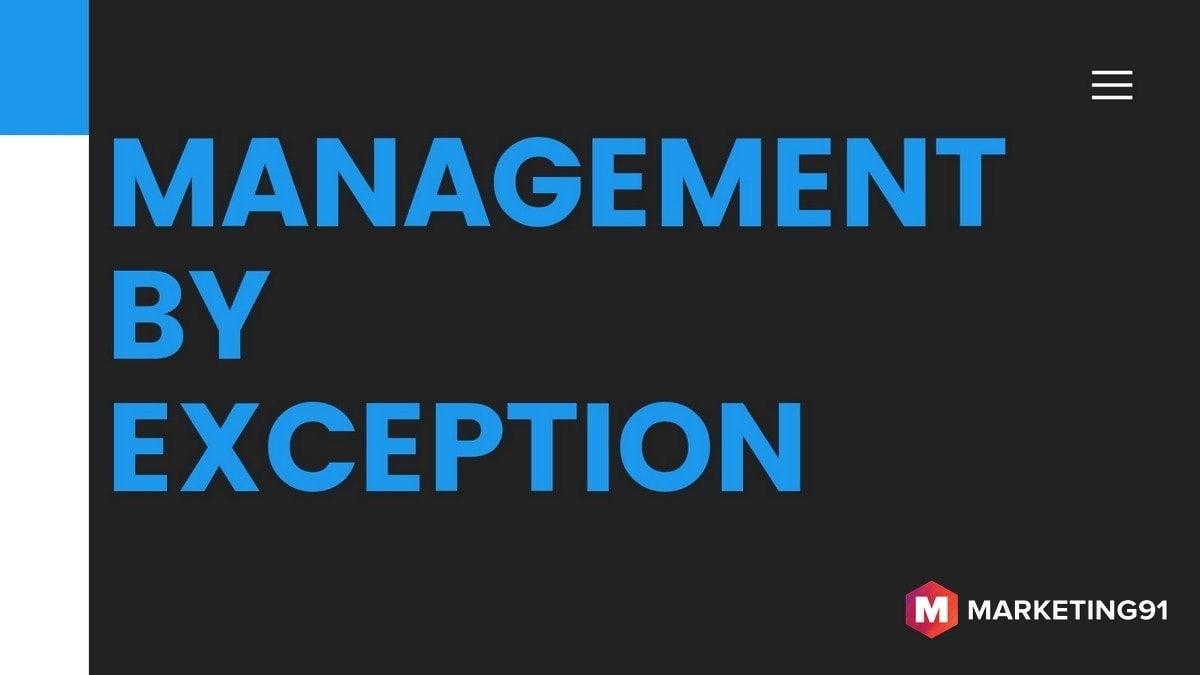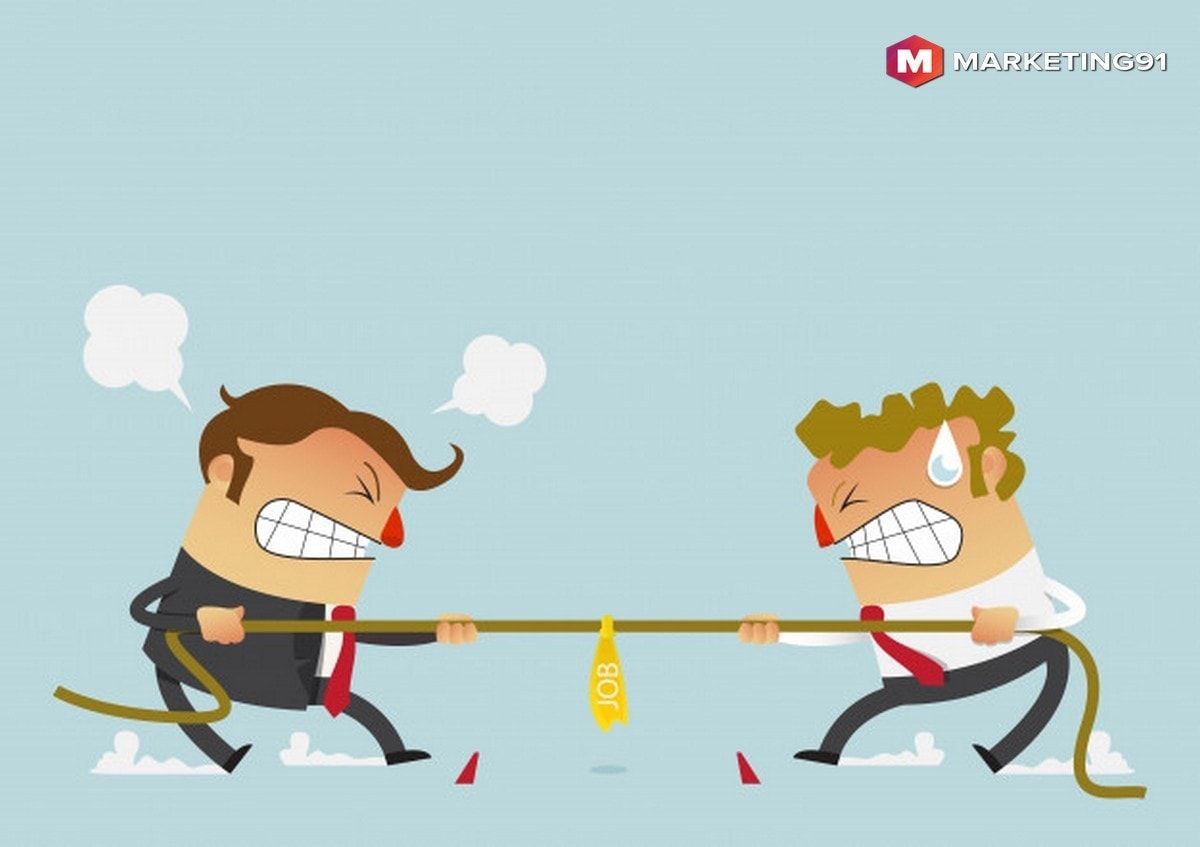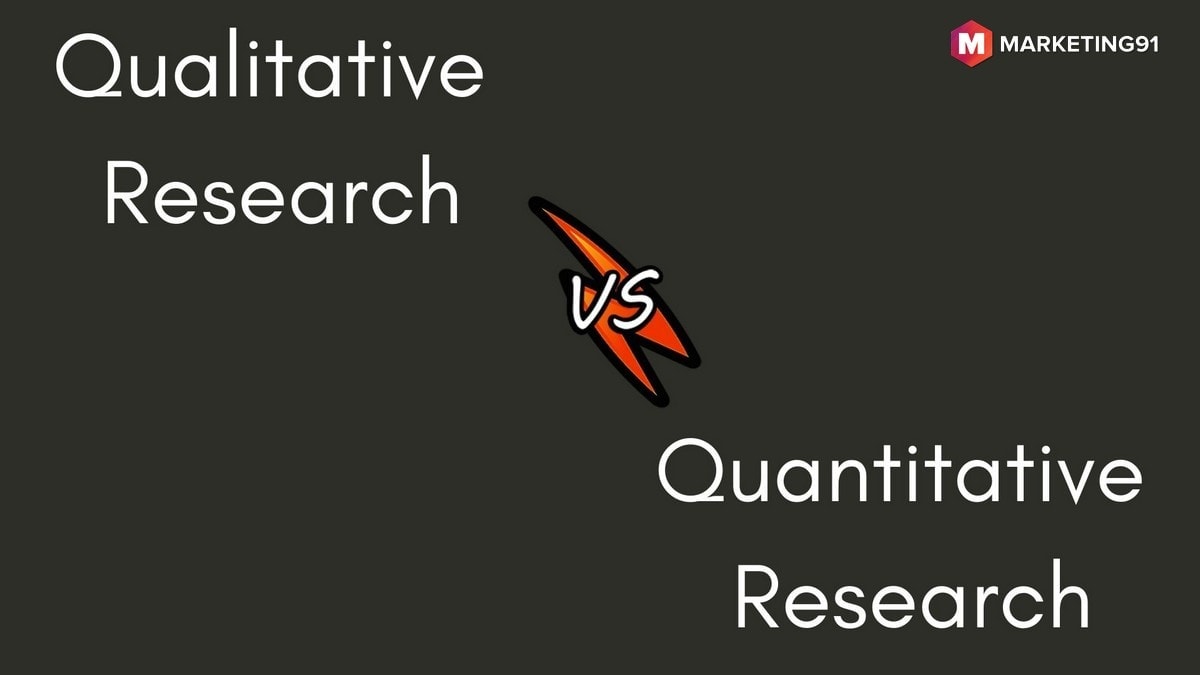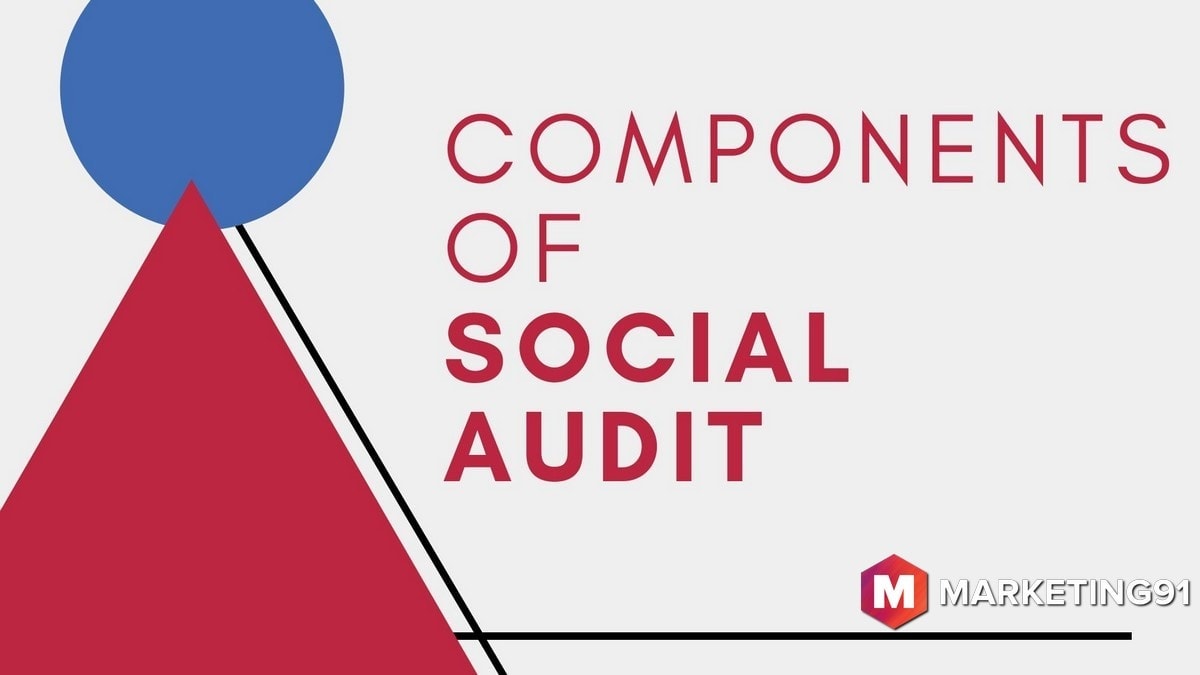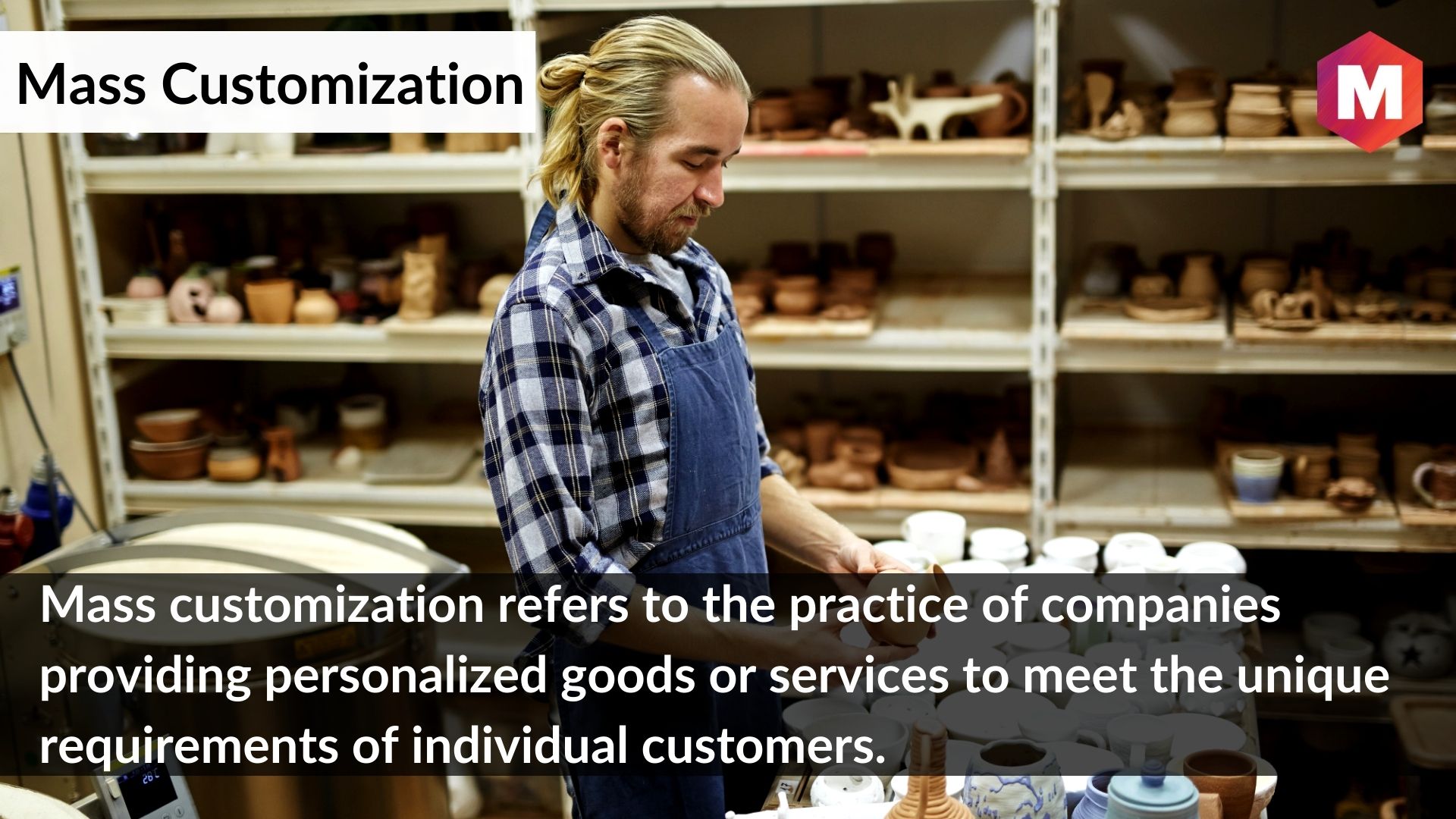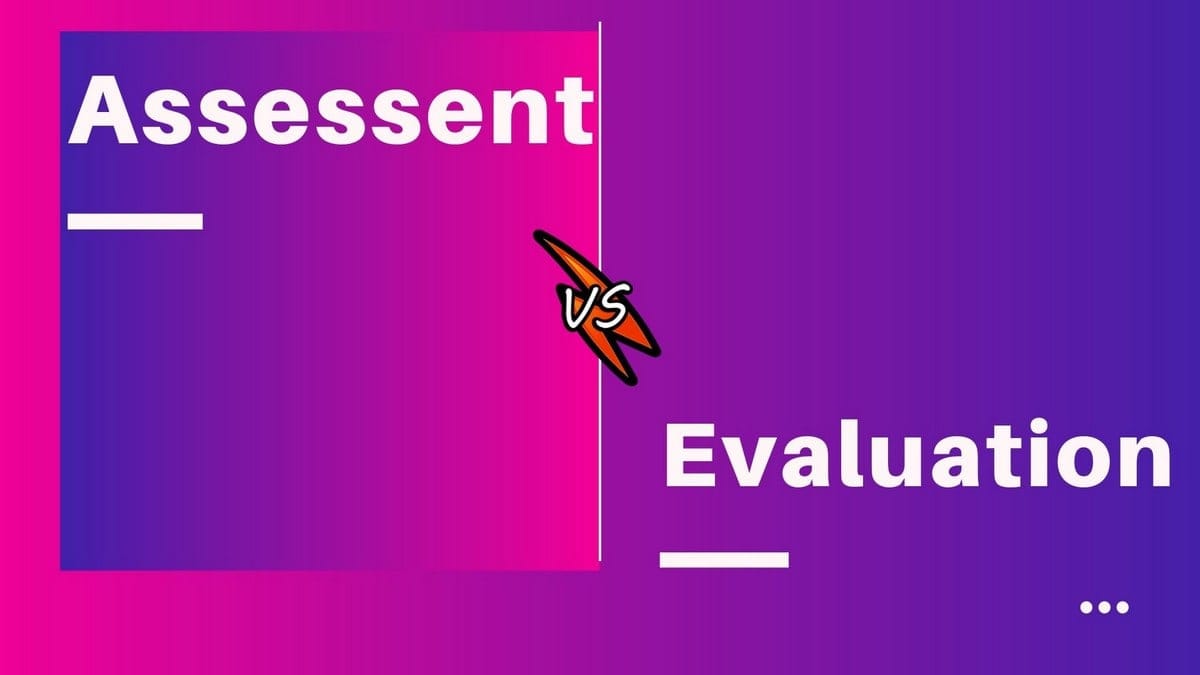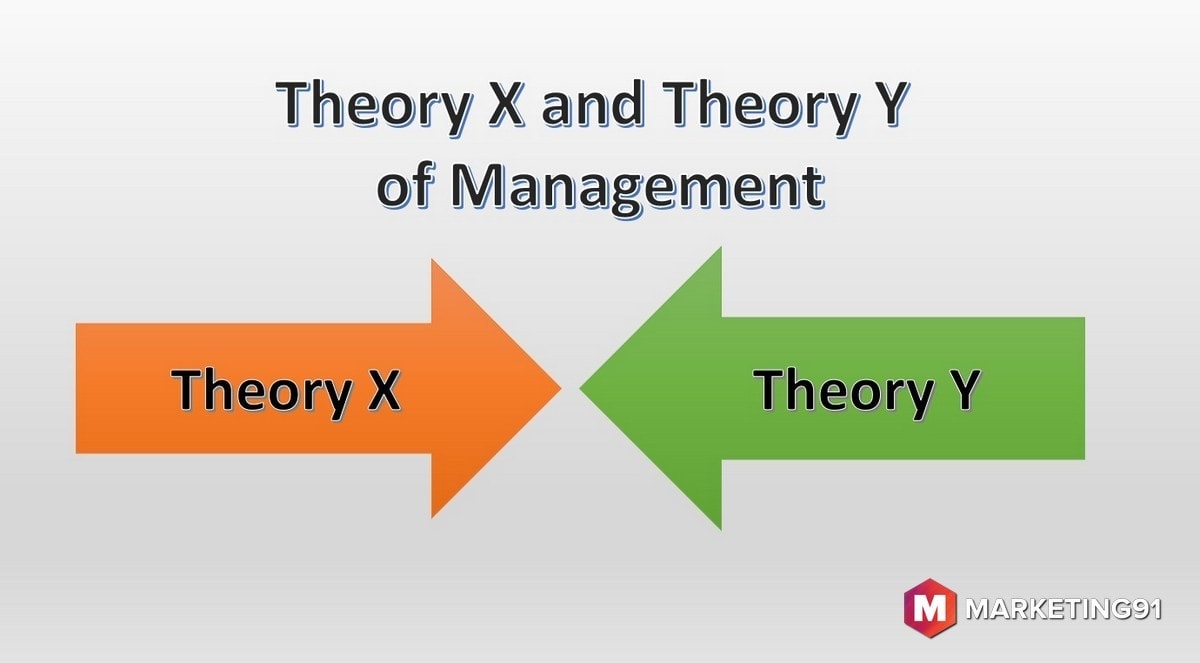Quality education is a necessity if you want to pace your steps as per the changing times of the world. It is extremely important to…
Top 22 Most Expensive Wedding Rings in the World in 2025
Get ready to check out some of the most mind-blowing wedding rings ever! These aren’t your regular wedding bands; we’re talking about rings so fancy…
Top 14 Most Expensive Vodkas in the World in 2025
Step into a world where vodka is more than just a drink—a ticket to a world of bling and luxury. Imagine bottles so fancy; they’re…
Top 12 Most Expensive Watch Brands in the World in 2025
Hey there! Ever wonder why some watches cost more than a car? We’re about to dive into the world of super fancy watch brands. These…
Top 13 Most Expensive Rolls Royces in the World in 2025
Rolls-Royce cars are like the kings of the car world. They’re super fancy and have price tags that’ll pop your eyes! In this article, you…
Top 16 Most Expensive Whiskies in the World in 2025
Welcome to a fantastic world where the fanciest whiskies are king! Imagine bottles so special and shiny; they’re like treasures. These aren’t your regular drinks;…
Top 25 Most Expensive Yachts in the World in 2025
Let’s jump into a world where boats are as fancy as castles and cost a fortune! Imagine ships so fancy; they’re like big, floating luxury…
SWOT Analysis of Foodpanda
Foodpanda is a German mobile food delivery marketplace. It is headquartered in Berlin, Germany and established during the year 2012. It operates in about 40…
What is Operational Risk Management or ORM? Definition and Stages
What is Operational Risk Management or ORM? Definition – Operational Risk Management or ORM is a tool that helps in determining potential operational risks and…
Delegation of Authority: Meaning, Principles, and Examples
When a manager in an organization divides his work among his subordinates to accomplish a big task, he divides the task into smaller tasks and…
Organic Growth: Meaning, Examples, & Strategies to achieve Organic Growth in Business
A common challenge that all businesses face is the growth of the business, and it is always on the mind of a businessman to think…
Contract of Sales: Examples and Components of a Contract of Sale
A contract of sales is a formal contract which contains all terms and conditions in the written form related to a sale. This contract states…
Emergency Goods: Meaning, and Examples
Emergency goods are the products that individuals have to use on an urgent basis during an emergency of any kind. Human beings tend to contemplate…
Impulse Goods: Definition, Marketing, and Examples
Definition: Impulse goods are items that consumers purchase on impulse, or without prior planning or intent. Impulse buying is often thought of as an emotional…
Data Mining In Retail: Applications and Six Phases in the Life Cycle
Retail trade is one of the most competitive markets in the whole world, and retailers use various tactics to survive in this cut-throat competitive market….
What is a Private Label? How Does Private Labeling Work?
Private labeling is an excellent opportunity for businesses to create their own unique brand of products without investing in production and manufacturing. It’s a great…
7 Differences between Business Development and Sales
It is not surprising that people get confused with the concepts of sales and business development because these two activities usually work nearby each other…
Seed Funding: Meaning, Process and 7 Steps
What is Seed Funding? Seed funding is the early stage financing of a startup. This type of funding is typically used to finance the initial…
Generational Marketing: How to Target Every Generation
Implementing generational marketing strategies is becoming increasingly crucial for organizations to target and understand the needs of various age groups accurately. There are many ways…
Research brief: Meaning, Components, Importance & Ways to Prepare
Have you ever faced a situation where a researcher has not exactly given the results that you require? Have you ever discussed research as what…
Personality Traits – Meaning and Examples
Personality traits are characteristics which separate an individual from the others. Personality traits of a person reflect the distinctive characters such as emotions, feeling, behavior,…
Reinforcement Theory of Motivation
Definition The Reinforcement theory is considered as motivational theory and is defined as the process of molding for shaping the behavior of an employee by…
Markdown Pricing – Different Types of Markdown Pricing Explained
Making changes in your business strategies with the change of the market trend is important to stay relevant. Retailers must keep themselves up to date…
Coupon Pricing: Where to Distribute and How to Design your Coupons
Designing coupons is an effective way to display your creative side. But there is one thing certain that all coupons should contain some features on…
Management By Exception: Accountability, Meaning, Advantages, & Disadvantages
The role of a manager is significant in an organization. He is responsible for the smooth flow of work in the organization. This requires his…
Interpersonal skills: Meaning, Importance and How to improve them
Often the skills that are required to deal with people or manage people is known as people skills or soft skills or also termed as…
Sales Campaign: Basic Elements, Advantages, and Disadvantages
Companies use various tactics to promote their products and boost their sales. Advertising, marketing, free sample distribution, discounts are common tactics used by the companies….
Nominal Group Technique: Meaning, Key differences and 5 Steps
Nominal Group Technique can be defined as a technique to find the solution for the existing problem. Nominal group technique is slightly different from brainstorming…
Conflict of Interest: Meaning, Causes and examples
A conflict of interest is a condition in which a person gas competing for loyalties or interests. It includes an individual who has two relationships…
Market Penetration: Techniques, Advantages and Disadvantages
What Is Market Penetration? Market penetration is a measure of how much of the market for a good or service has been captured by a…
What is Distribution Center: Role, Advantages, and Disadvantages
Distribution centers or warehouses are generally used to store and segregate the incoming raw materials and intended for further processing. The main role of a…
What is Corporate Image and why it is so Important?
A corporate image of a company can be defined as an image that people hold in their mind about the company, its products, and its…
Sales Communication: Different modes, Components and Importance
Sales communication plays an important role in the success of a sales deal. Sales communication keeps the members of the sales team connected, and they…
Qualitative vs. Quantitative Research: What is the Difference?
When diving into a new research project, one of the first decisions you’ll face is the dilemma of- qualitative vs. quantitative research. These two methodologies,…
Social Audit: Definition, Example, Importance, Objectives & Components
A social audit can be defined as a review of a company’s production procedure, policies, and code of conduct to find how they impact society. It…
Sales Credit: Uses, Example, Advantages & Disadvantages of Sales Credit
Sales credit is the extension of payment terms to the customer. In other words, sales, credit is when the sales transaction takes place at the…
What is Mass Customization? Definition, Types, & How It Works
The practice of businesses offering customized goods or services to each consumer to fulfill their specific needs is known as mass customization. The cost of…
What are Sales Territories and How to Assign one?
What is a Sales Territory? Definition: A Sales territory is a specific geographical area or customer group a company utilizes to distribute sales responsibilities among…
10 Key Differences between Assessment and Evaluation
The English language is full words whose meaning is quite close to each other that people get confused with their usage. Many people make a…
Theory X and theory Y of Management: Meaning, Differences & Application
Theory X and theory y are considered as theories of human motivation at the workplace. This theory was developed by Douglas McGregor in 1950s at…









